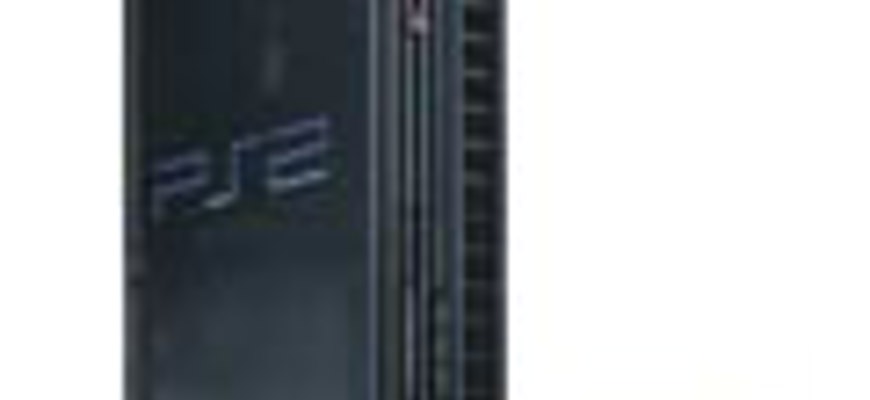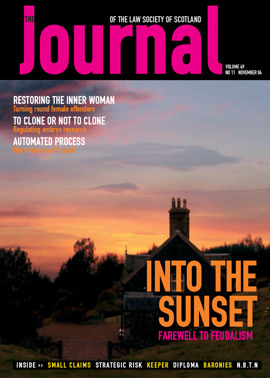Chipping away the infringers?

In the first UK decision on the new anti-circumvention provisions, Sony has won the latest in a series of actions against the makers of the Messiah2 chip, which circumvents Playstation 2 (“PS2”) copy protection systems. The provisions were introduced into the Copyright, Designs and Patents Act 1988 (“the Act”) by the Copyright Directive last October. Laddie J’s decision in Kabushiki Kaisha Sony Computer v Ball [2004] EWHC 1738 (Ch) looks in detail at the former and current provisions of the Act. Although the ruling was issued in the context of a summary judgment, it provides useful guidance on its scope.
Sony designs and manufactures the game console PS2 as well as the computer games for playing on it, both of which are sold on a global basis (divided into Europe, America or Japan, different operating systems applying in each). Sony’s copy protection system prohibits illegal copies or games manufactured for use on a different operating system from being played. This allows it to prevent counterfeits and stop parallel importing into Europe. The “lock and key” system has one part embedded in the hardware PS2 and the other in the specific game CD or DVD.
Mr Ball designed, manufactured, advertised, sold and installed the Messiah2 chip, which tricks the PS2 into believing that the CD or DVD being played has the necessary embedded code, allowing the console to play both authentic PS2 games designed for foreign regions and illegal copies.
Sony applied for summary judgment, claiming that this chip breached its rights under the former and current section 296 of the Act and the new sections 296ZA, ZD and ZF (“the Z sections”). Section 296 applies to circumvention devices which allow computer programs to be copied, and requires actual or constructive knowledge that the device will be used to make an infringing copy. The Z sections impose strict liability for devices marketed for the circumvention of technical measures protecting works other than computer programs.
Infringement is territorial
Mr Ball’s activities were held to infringe Sony’s rights under both the original and amended section 296. The defence that the chip was not used for making unauthorised copies of the CD or DVD, but merely for enabling games to be played, was unsuccessful. The court also rejected the argument that a transient copy created only while the chip was in use could not be treated as an infringing article. However in view of the definition of “infringing copy”, section 296 would not be infringed by chips known to be manufactured for sale etc outside the UK. As Mr Ball’s knowledge was a question of fact, that could not be decided at summary judgment stage. Sony unsuccessfully argued that section 296 intended to catch those who had reason to know they were dealing in anti-copy devices in the UK regardless of whether and where the infringing act takes place. The court however did hint that it might be prepared to entertain actions for breaches of parallel legislation in other member states.
Mr Ball was also found to have infringed Sony’s rights under the Z sections – again in relation to UK sales activity only. These provisions are aimed at devices which circumvent copy protection systems of works other than computer programs. As PS2 games incorporate other copyright works, these sections could apply. The Messiah chip was a device to circumvent Sony’s technological measures. Given the strict liability it is enough to possess for commercial purposes a product which is advertised or marketed for the purpose of circumvention. The court did hold that the circumvention should take place in the UK; this geographical restriction on the Z sections, which tackle circumvention devices rather than the act of copying or the actual circumvention may be open to question.
The court also swiftly rejected Mr Ball’s argument that the Z sections only applied where the technological measures were contained on software rather than hardware. The provisions cover protection systems regardless of where they are contained.
Right to back up?
Mr Ball unsuccessfully relied on section 50A of the Act which allows the making of backup copies, arguing that the chip could be used not solely or primarily for infringement. The court placed reliance on Sony’s policy that damaged CDs or DVDs would be replaced and that they are less likely to need replacement than floppy disks. Today where nearly all software is provided on CDs and DVDs there is an issue whether section 50A still has any practical application.
In the writers’ view this is a measured judgment which should allay concerns that the Z sections are a radical widening of copyright protection. However, given the plethora of anti-copy protection devices readily available in the computer and music industries alone, it will be interesting to see whether the sections are given a wider interpretation at a full trial.
Robert Buchan and Gill Grassie, IP and Technology Department, Maclay Murray and Spens
In this issue
- Drafting consumer contracts
- Virtual firms: transactional learning on the web
- Ignorantia juris: it's all Greek to me
- Sheriff Court Rules Council consultation paper
- The Clinical Trials Directive - a summary
- Guarding the inner sanctum
- Neighbours in the global village
- Family law: is it the path for you?
- From sunset to sunrise
- What next for conveyancing?
- An ethical minefield
- Shredding the evidence
- Robbing the poor?
- Our dynamic profession
- A wider angle
- Keep the eye on the ball
- A rough guide to becoming a partner
- Rediscovering hope
- Sharpen your pencils
- Significant other
- Too far or not enough?
- Chipping away the infringers?
- View from Holyrood
- Website reviews
- Book reviews
- The Registers and the Appointed Day
- Feudal law: not just a relic
- Birth of a register






